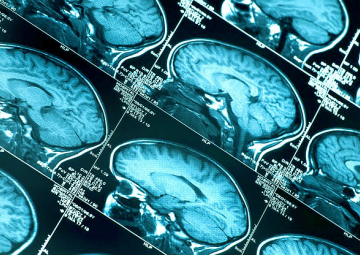The Older Australian Twins Study (OATS), a 15-year study which investigates the relative contributions of genetic and environmental factors on the brain health of twins, has taken advantage of increased use of technology to reach a far greater number of twins across Australia.
Advances in information technology – particularly the refinement of computer administered cognitive tests – allows researchers to carry out comprehensive and valid neuropsychological assessments with twins in their own home, using an online computer environment.
 The move to an online platform will benefit twins research in the following ways:
The move to an online platform will benefit twins research in the following ways:
- enable the inclusion of 1/3 of Australian twins living outside major cities;
- facilitate the study of differences in access to specialist health care, health seeking behaviour and other potential contributors to the shortened lifespan of people living in regional and rural areas. By studying health seeking behaviour in twins across Australia, including pairs where one twin lives regionally and the other lives in an urban area, CHeBA researchers will be able to investigate the relative contribution of risk and protective factors for healthy brain ageing, ultimately providing better support for the health and welfare of older Australians;
- engaging with participants in rural settings will also provide a broader variety of environmental influences;
- being able to acquire contemporary data through an online platform – rather than relying on participants’ recollection of their circumstances and health in midlife – strengthens the reliability of data obtained.
OATS Online is targeting 1000 twin pairs with most participants to be healthy individuals living in the community.
If you and your twin are interested in participating, you can contact our team for more information twins@unsw.edu.au
CHeBA researchers anticipate that OATS Online will lead to significant advances in research outcomes not previously possible in relation to health and disease.








